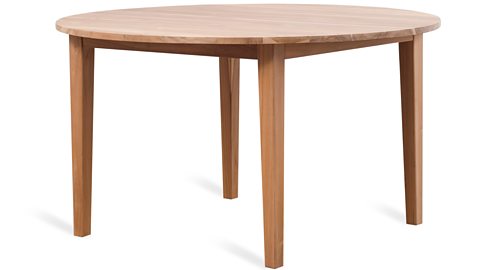Key points about singular and plural nouns in Spanish

- nounThe name of a thing such as an object, a place or a person. Nouns are often described as naming words. in Spanish have different forms in the singularRefers to only one object or person. and pluralMore than one of an item.
- Plural masculineIn Spanish, all nouns have a gender, either masculine or feminine. and feminineIn Spanish, all nouns have a gender and are either masculine or feminine. nouns in Spanish end in s.
- There are some rules to follow to work out how to change the end of a noun to make it plural.
Video - Singular and plural nouns
Watch the video to find about how to identify and use singular and plural nouns in Spanish.
Plural nouns in Spanish end in s
If there’s more than one of something then you need to make the noun plural.
If a noun ends in a vowel, like el coche you can just add an s to make it plural, los coches
If it ends in a consonant, as in el rey you add es, los reyes.
But if that consonant is a z, like el pez you drop the z and add ces, los peces.
Singular and plural nouns in Spanish
Nouns in Spanish can be singular or plural. There are different ways of making a noun plural in Spanish, depending the noun’s ending.
How to make nouns ending in a vowel plural
Add s to a noun ending in a vowel to make it plural.
For example:
Sorry, something went wrongCheck your connection, refresh the page and try again. (book) в†’ Sorry, something went wrongCheck your connection, refresh the page and try again. (books)
Sorry, something went wrongCheck your connection, refresh the page and try again. (house) в†’ Sorry, something went wrongCheck your connection, refresh the page and try again. (houses)
Sorry, something went wrongCheck your connection, refresh the page and try again. (tooth) в†’ Sorry, something went wrongCheck your connection, refresh the page and try again. (teeth)
How to make nouns ending in a consonant plural
Add es to a noun ending in a consonant to make it plural.
For example:
Sorry, something went wrongCheck your connection, refresh the page and try again. (activity) в†’ Sorry, something went wrongCheck your connection, refresh the page and try again. (activities)
Sorry, something went wrongCheck your connection, refresh the page and try again. (colour) в†’ Sorry, something went wrongCheck your connection, refresh the page and try again. (colours)
How to make nouns ending in -z pluralВ
If a noun ends in a z, change the z to a c and add es to make it plural.
For example:
Sorry, something went wrongCheck your connection, refresh the page and try again. (voice) в†’ Sorry, something went wrongCheck your connection, refresh the page and try again. (voices)
Sorry, something went wrongCheck your connection, refresh the page and try again. (fish) в†’ Sorry, something went wrongCheck your connection, refresh the page and try again. (fish)
How to make nouns ending in -ѕ±ГіІФ plural
If a noun ends in ѕ±ГіІФ, remove the accent from the o and add es to make it plural.
For example:
Sorry, something went wrongCheck your connection, refresh the page and try again. (room) в†’ Sorry, something went wrongCheck your connection, refresh the page and try again. (rooms)
Sorry, something went wrongCheck your connection, refresh the page and try again. (nation) в†’ Sorry, something went wrongCheck your connection, refresh the page and try again. (nations)
Quiz - Singular and plural nouns in Spanish
Practise what you've learned about singular and plural nouns in Spanish with this quiz.
Now that you've learned about plural and singular nouns why not explore adjectives in Spanish?
More on Gender, nouns and articles
Find out more by working through a topic
- count3 of 4

- count1 of 4
